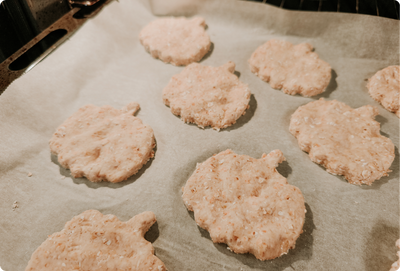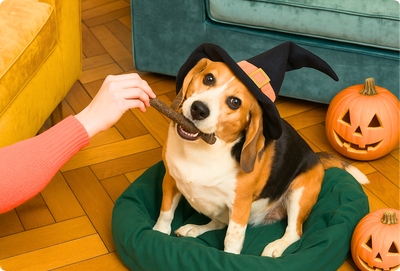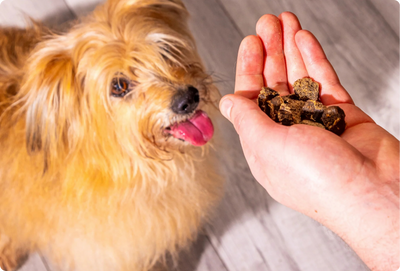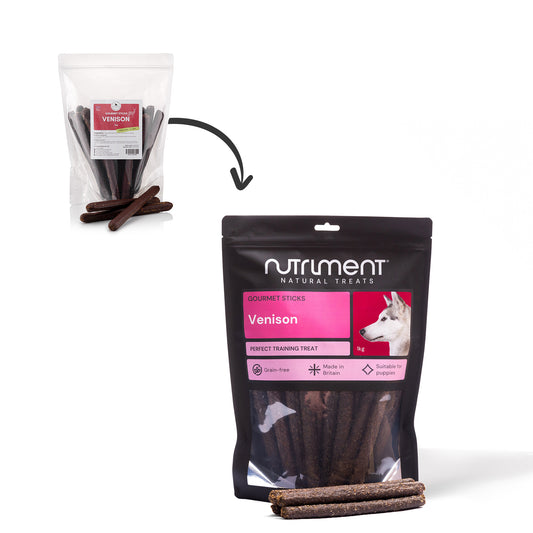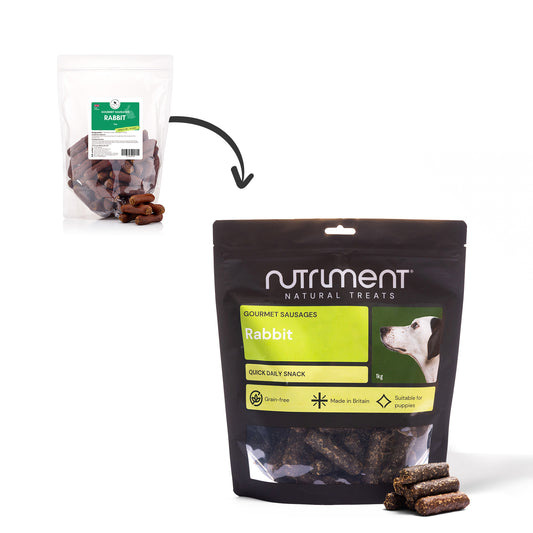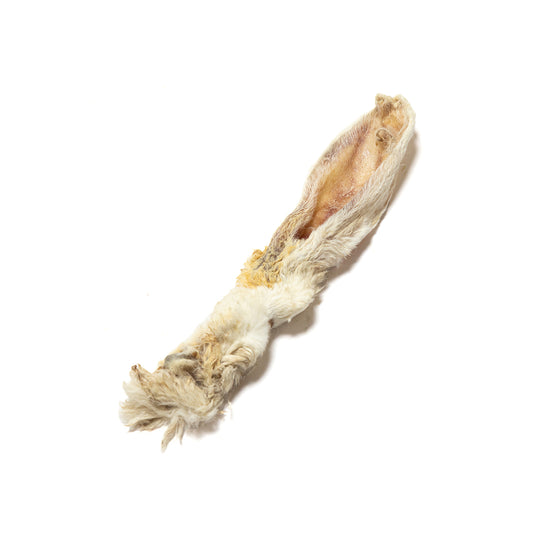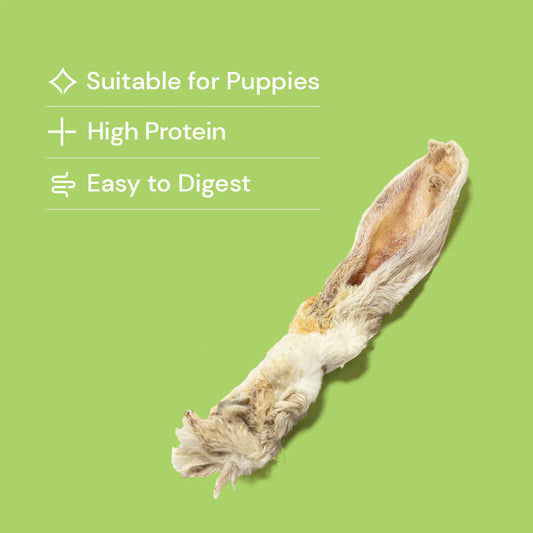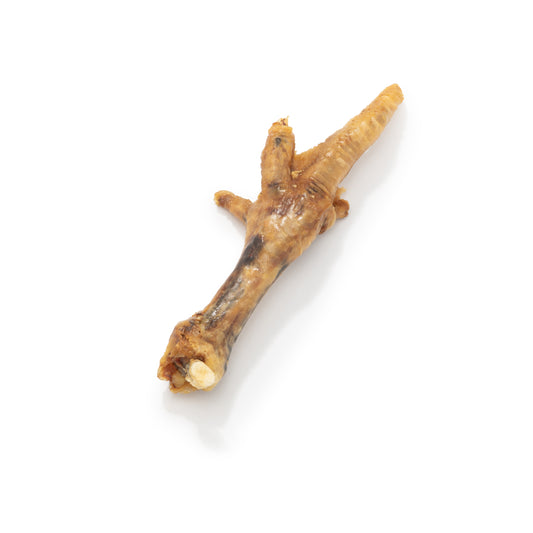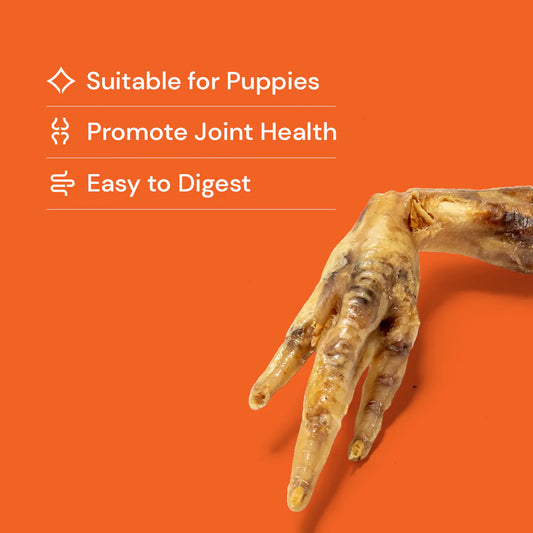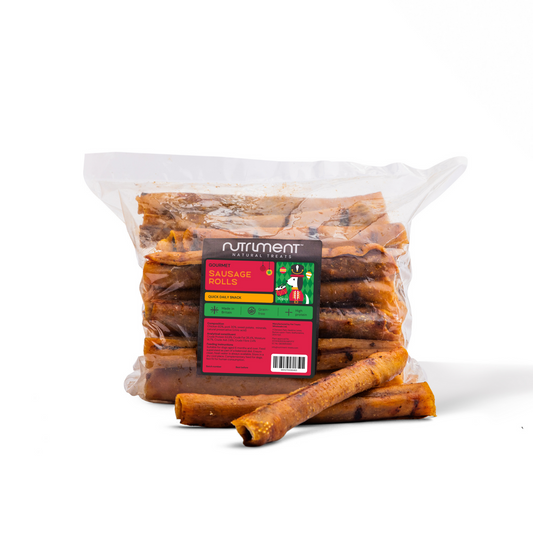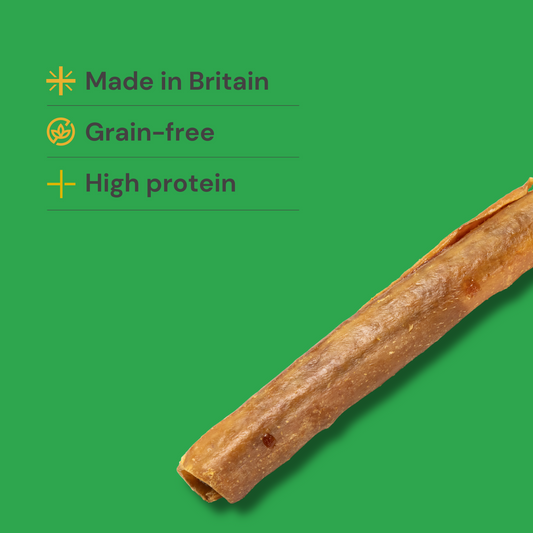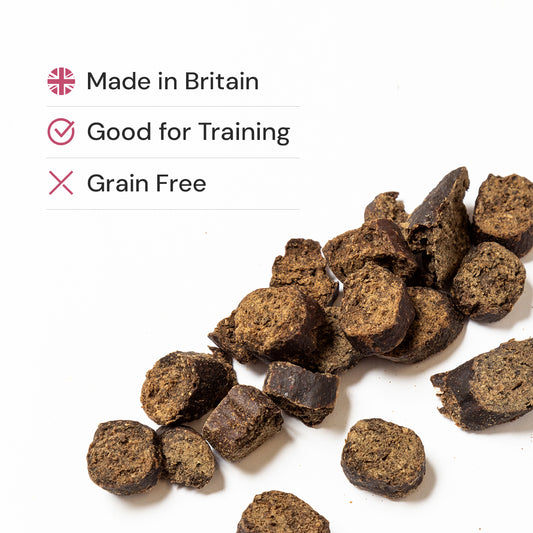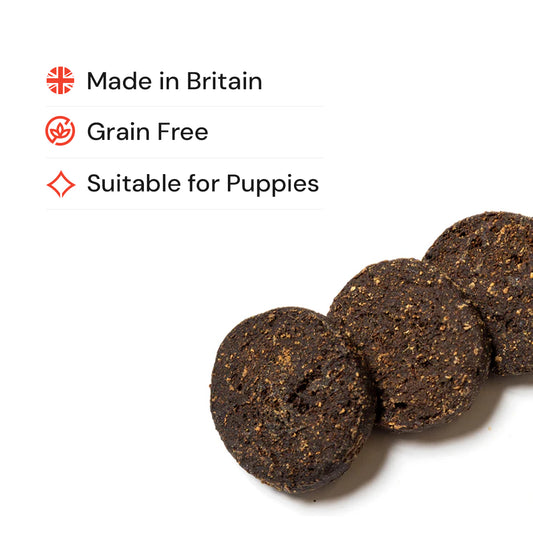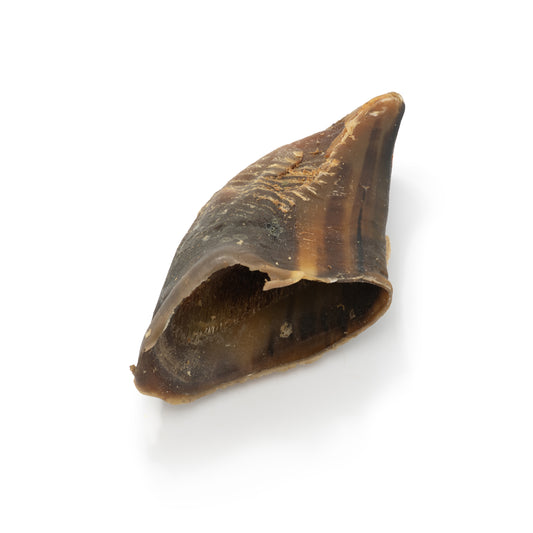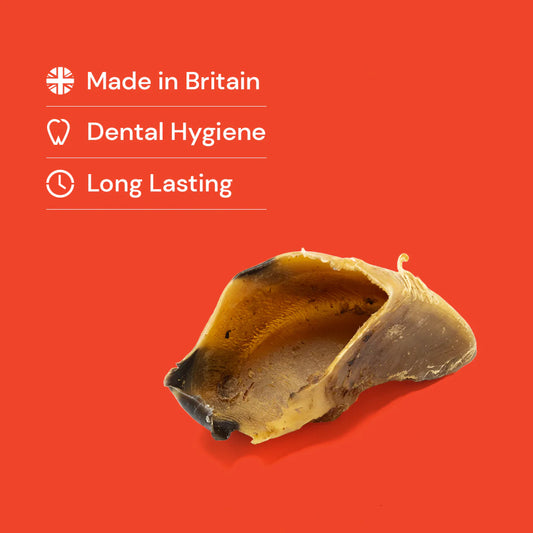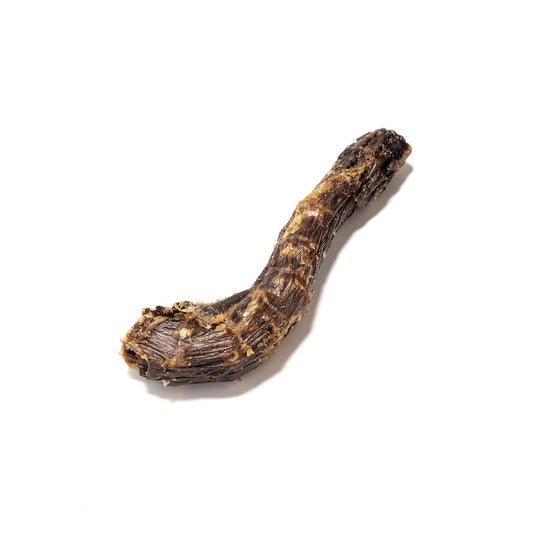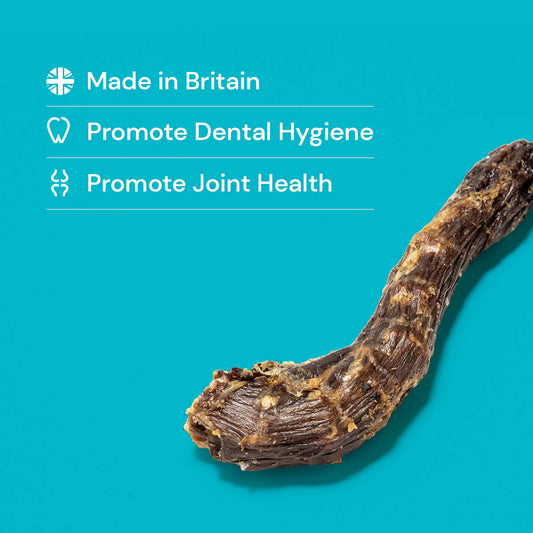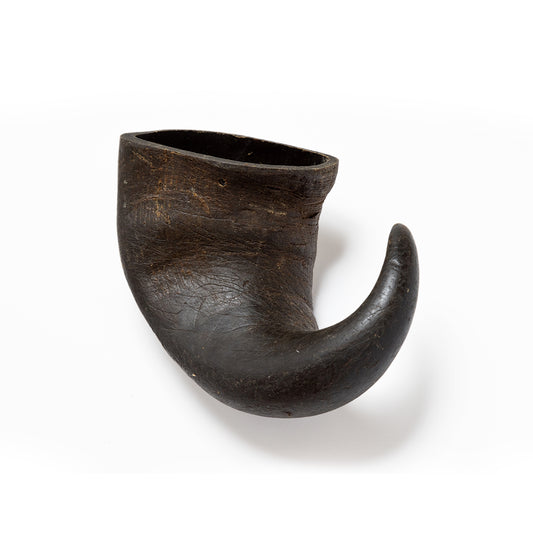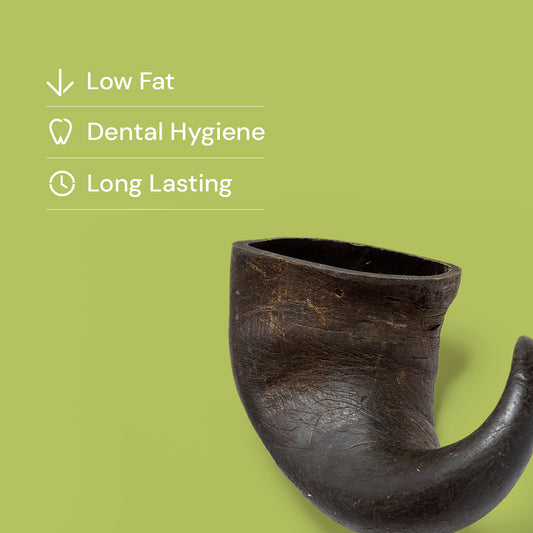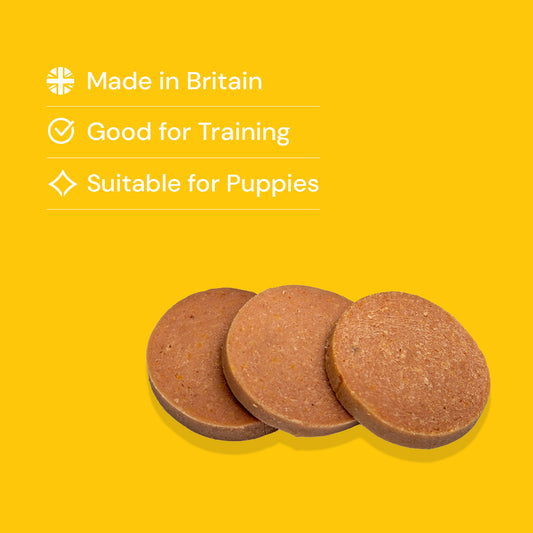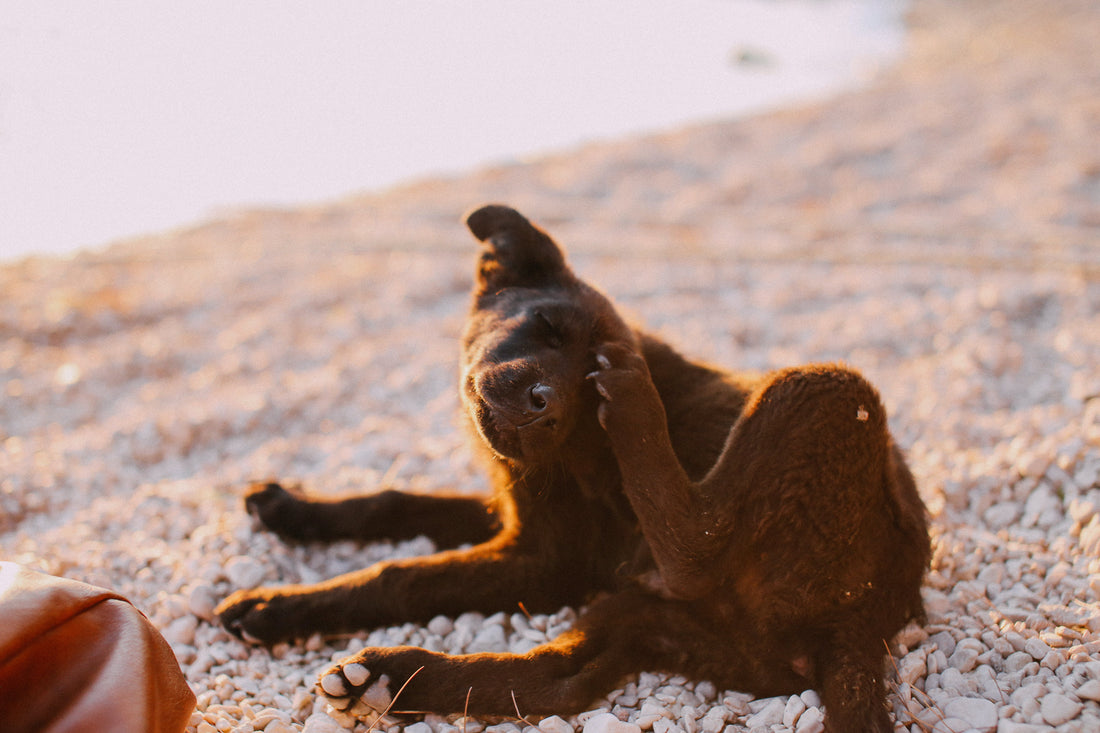
(Written by Georgia Hatton)
No matter where your dog walks - whether they are a mountain hiker, a forest lover or an urban explorer, they are at risk of contracting parasites - fleas, ticks and worms. Knowing the signs, and taking action, is the best way to combat them and keep your pet as healthy as possible!

Photo by Rachel Claire
Fleas
A single flea can live for as little as 2 weeks to over a year, and an adult female can lay up to 50 eggs a day - resulting in 1500 new fleas in a lifetime. There are 4 stages to a fleas life cycle - egg, larvae, pupa, adult.
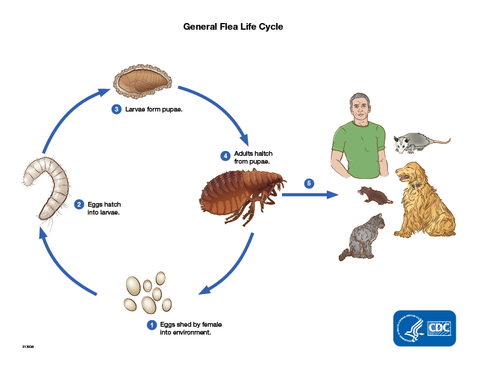
Eggs
The first stage in the flea life cycle, the white eggs, each smaller than a grain of sand, are laid in your dog's fur. As they move around the house, the eggs drop off. They can take between 2 days and 2 weeks to hatch. Around 50% of the fleas present in the home at any given time are eggs.
Larvae
Eggs hatch into the larval stage. They develop by eating pre-digested blood passed by the adult flea - also known as flea dirt. With enough food and optimal conditions, the larvae develop into pupae in as little as 5 days. Around 35% of fleas in the home are larval.
Pupae
The cocoon stage, in which the larva metamorphosizes into the adult flea. If conditions are right, such as during summer, the adult can emerge within days. In less-optimal conditions the flea can remain dormant in the pupae for months, even years. The pupae are very good at protecting the flea from the environment - and it has a sticky outer coating which means it is hard to remove them by vacuuming. 10% of fleas in the home are in the pupal stage.
Adults
Adult fleas emerge in response to environmental conditions such as temperature, humidity and vibrations that indicate a potential host is nearby. They must feed within a few hours of hatching. Shortly after that, the adult flea breeds, laying eggs, and the cycle starts again. Only 5% of fleas in the home are adults.
The easiest way to check for fleas is to brush your pet with a fine toothed comb - finding live fleas, or black dirt close to the skin, is a sure sign your dog needs treating.
Commercial flea treatments - such as spot ons and tablets - only kill the adult fleas. When dealing with an infestation it is equally important to treat the home, by vacuuming regularly, washing bedding and using spray treatments for hard to wash furnishings, such as sofas.
There are a number of holistic approaches to preventing fleas - including using diatomaceous earth in the home (a fine powder, which kills fleas by drying them out), and feeding your dogs a small amount of garlic - our beef and garlic sausages are perfect for this!
Ticks
Although found everywhere, ticks are more common in some areas of the country - such as the Lake District, the Scottish Highlands, Exmoor and the New Forest.

Eggs hatch into the 6 legged larval stage, and feed on a host for a few days. Once engorged, they drop off, and remain in the environment until they moult into the nymph.
The nymph stage has 8 legs, and is larger. Just like the larvae, they feed, then drop off and moult. In both of these stages, the majority of their time is spent in the environment, usually somewhere with long grass to shelter in.
Adults emerge from the environment, and seek a host for the final blood meal. Whilst living on the host, the adult ticks will mate, and females will lay up to 5000 eggs - then the cycle will start again.
Although uncommon, ticks in the UK can carry Lyme disease. This can be transmitted to people and dogs, and results in a variety of symptoms - such as a bullseye rash, flu like symptoms and joint pain. In dogs symptoms can be more vague, such as stiffness, drinking more and a general lethargy. In rare cases, it can be fatal to both humans and canines.

Photo by Connor Mollison on Unsplash
Regularly check your dog for ticks, especially if you walk in areas of long grass or forests. If you do spot one, remove them with a tick twister tool or a pair of fine tipped tweezers. Never smother or use any kind of chemical to force them to release - this can also cause them to regurgitate back into the bloodstream, potentially spreading lyme disease.
Worms
Worms are internal parasites - the most common ones to affect dogs are roundworms and tapeworms.
Occasionally your dog can pass the worms, or parts of them, in their faeces - but other than this it can be hard to spot the signs of a worm infestation, especially in healthy adult dogs. When symptoms do occur, they include weight loss, lethargy, changes to the coat and inappetance.
If you suspect, or your dog has visible signs of, an infestation, treat them with an appropriate worming treatment. Following this, there are companies that offer worm counts. Put simply, they test your dog's poop for worms, and allow you to treat them accordingly.
One of the most popular holistic approaches is to feed hairy products - such as hairy rabbit ears. The fur is indigestible - and is believed to act as a natural dewormer, by mechanically scraping the inside of the intestines as it passes through the dog. Whilst not 100% effective, feeding hairy treats is a delicious way to keep the worm burden in your pet low!

If you suspect your pet has any kind of parasitic infestation be sure to contact your vet for advice on the best course of action to treat them.

